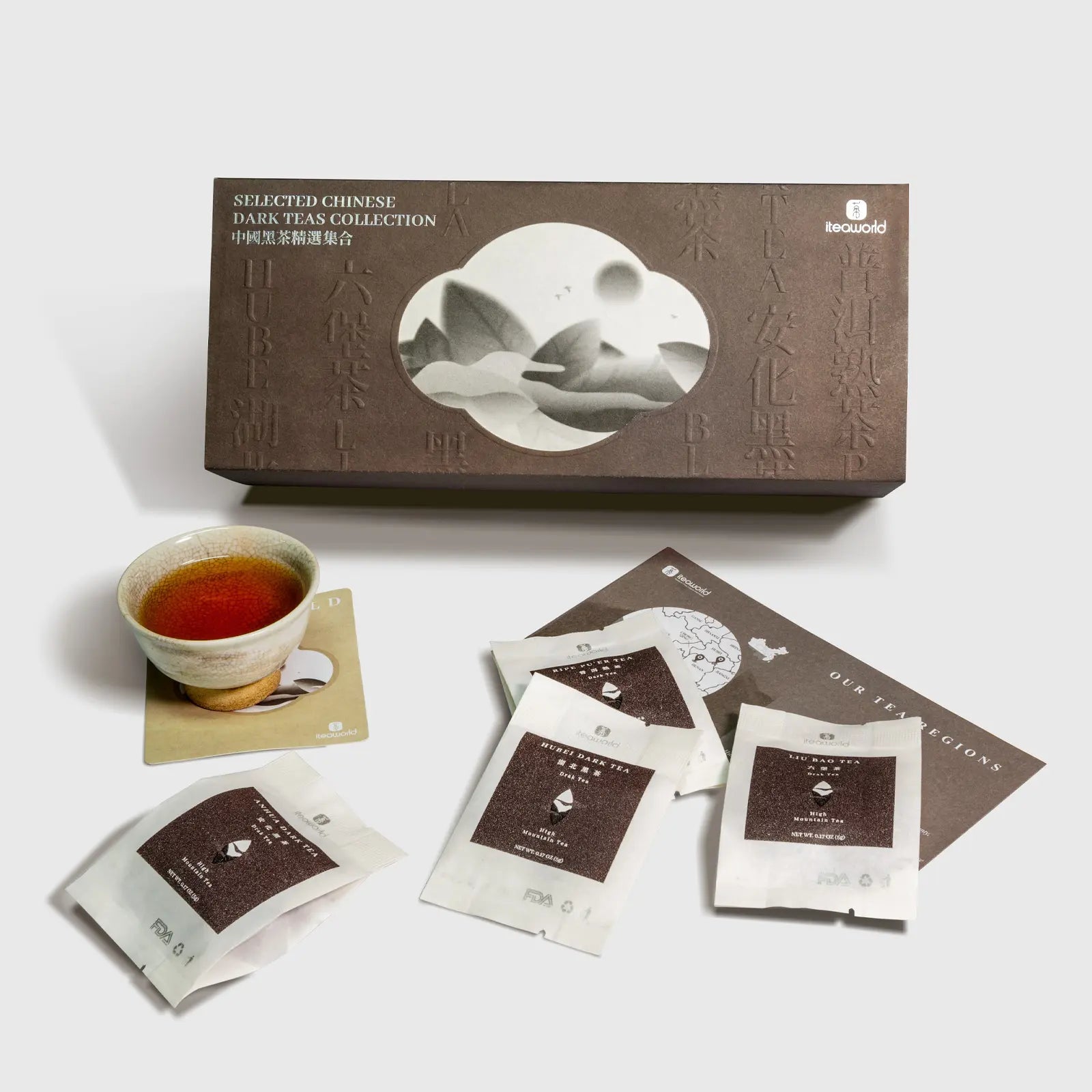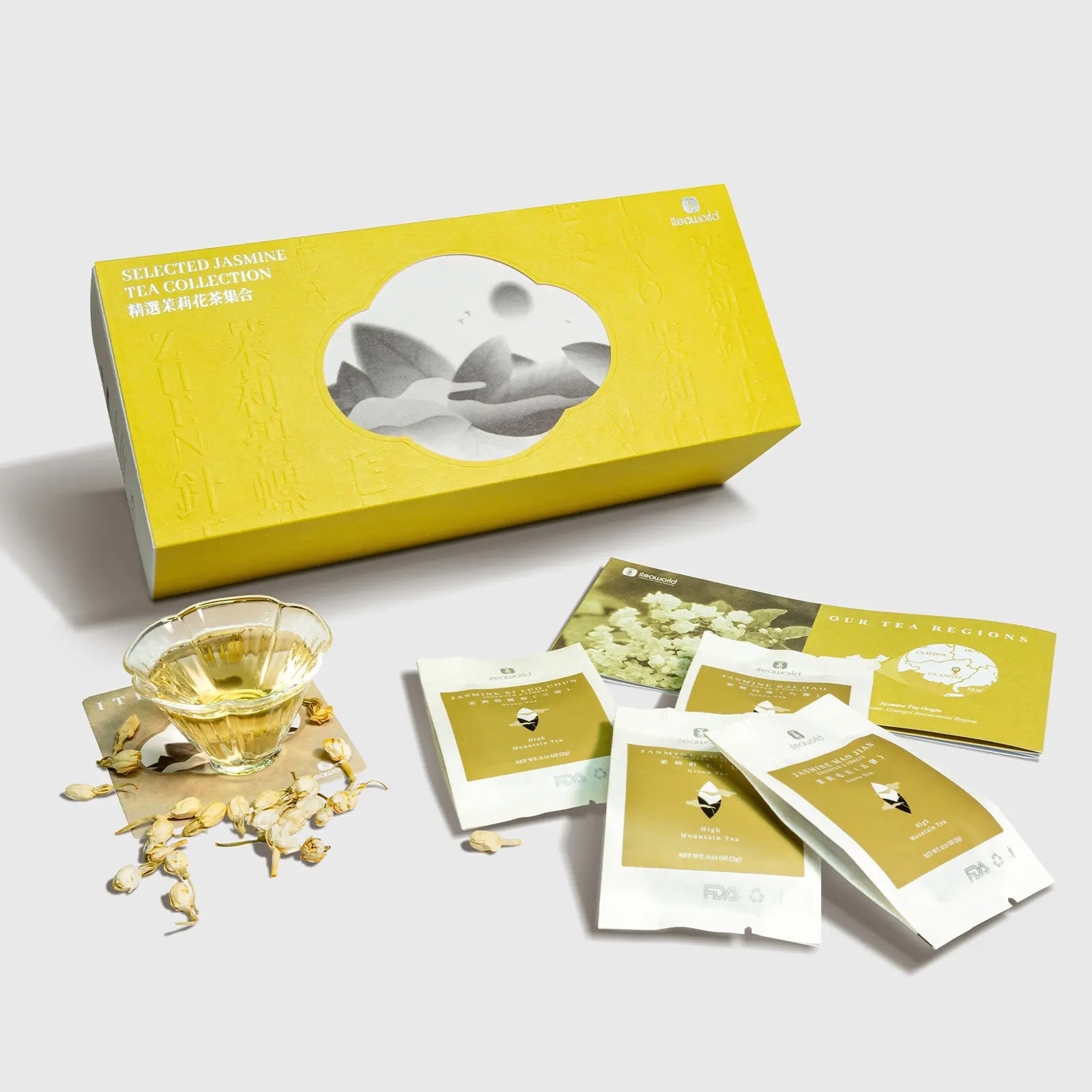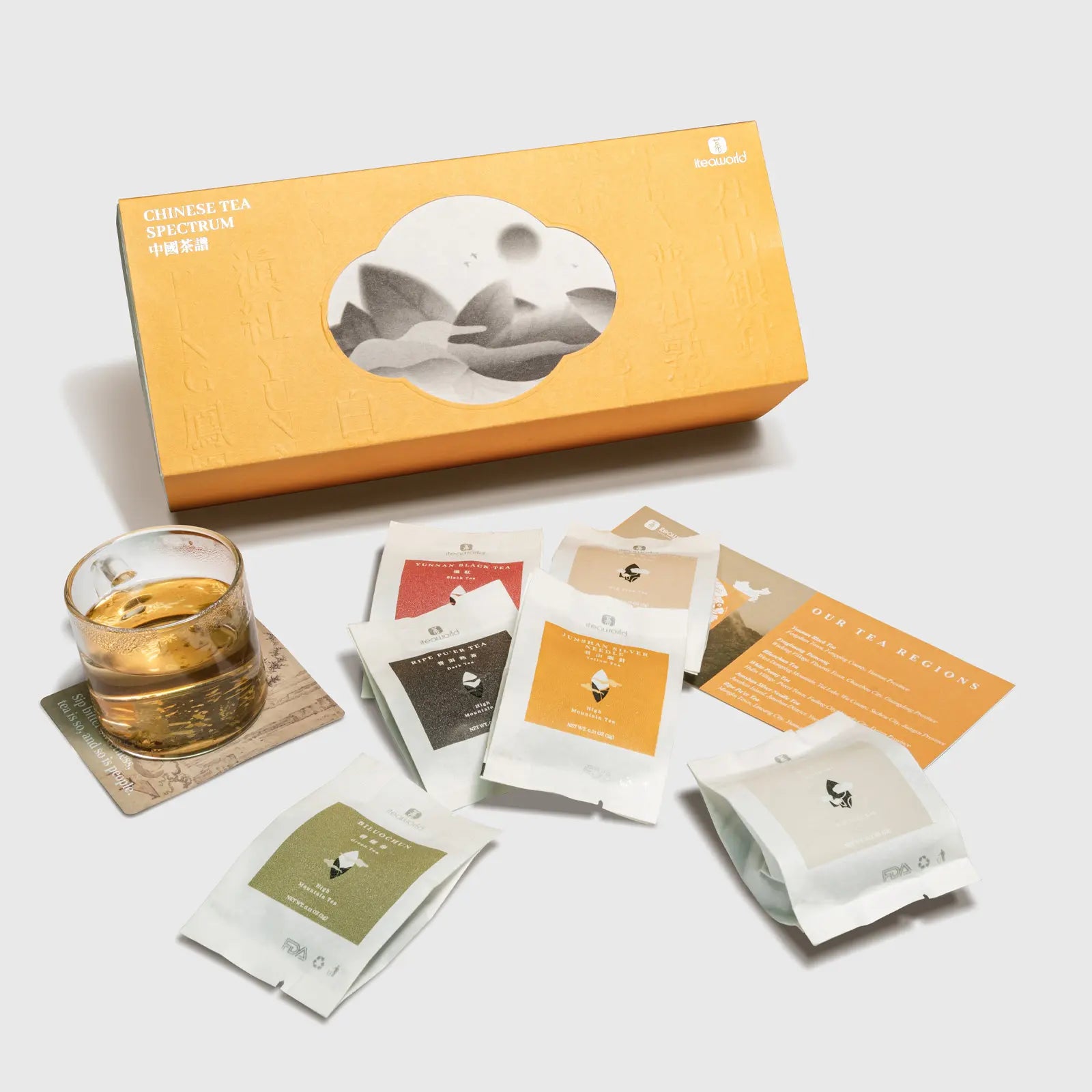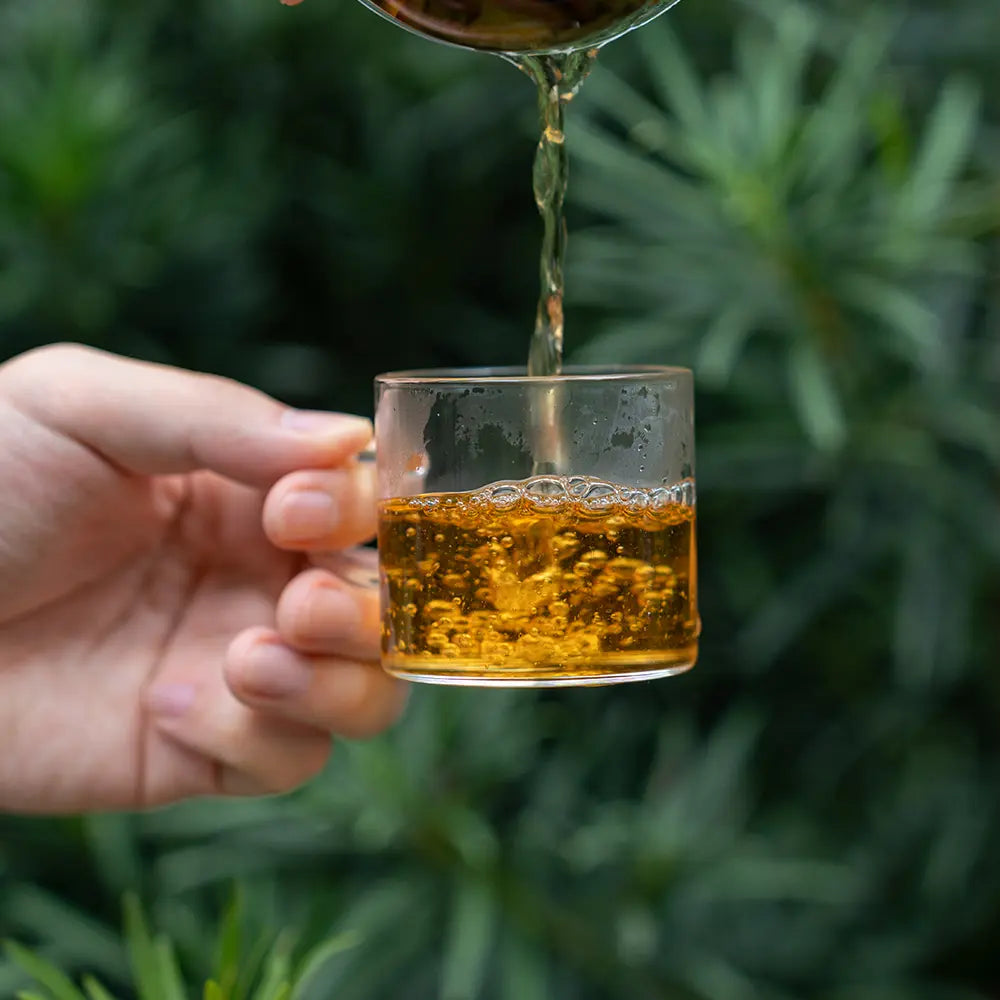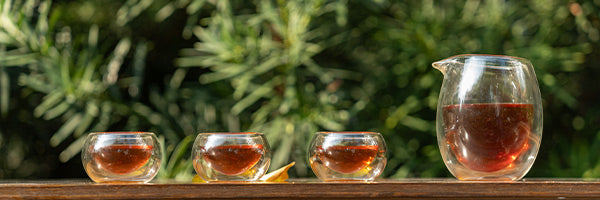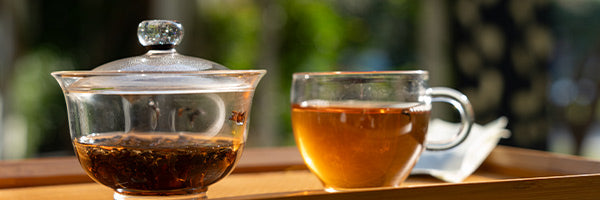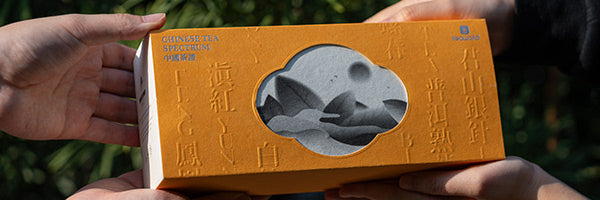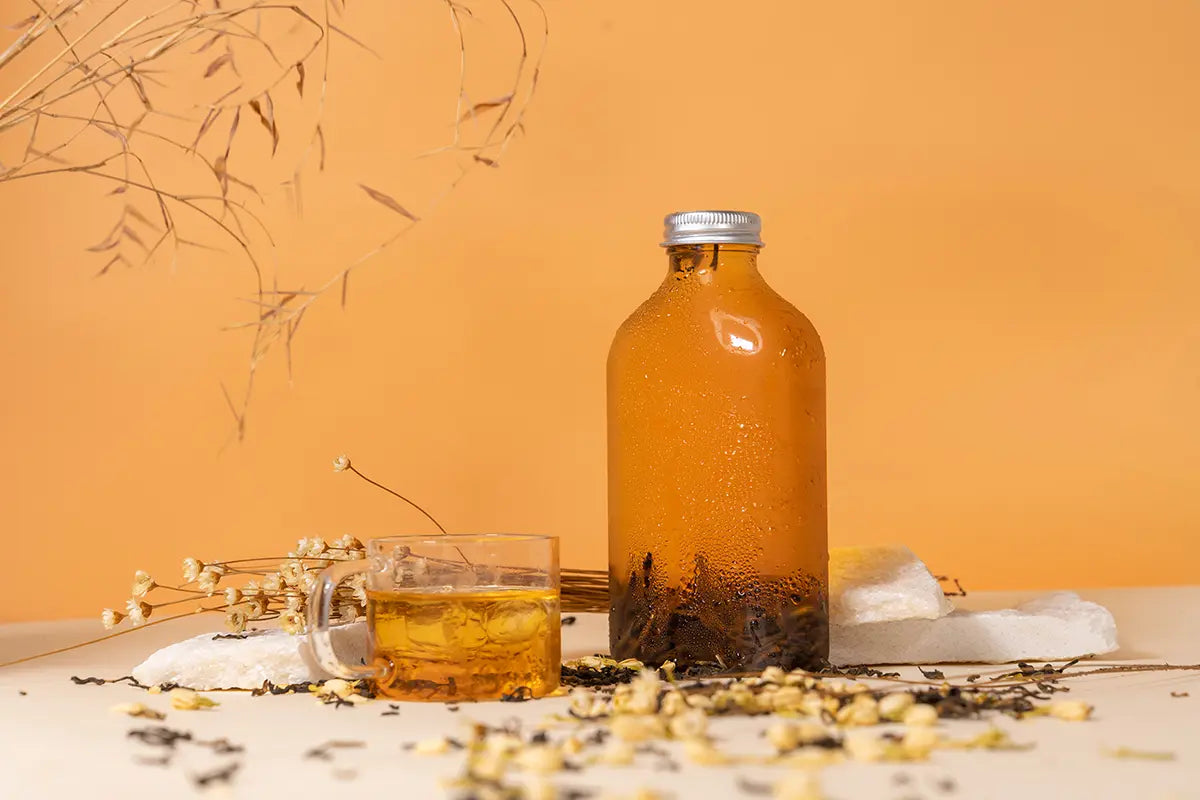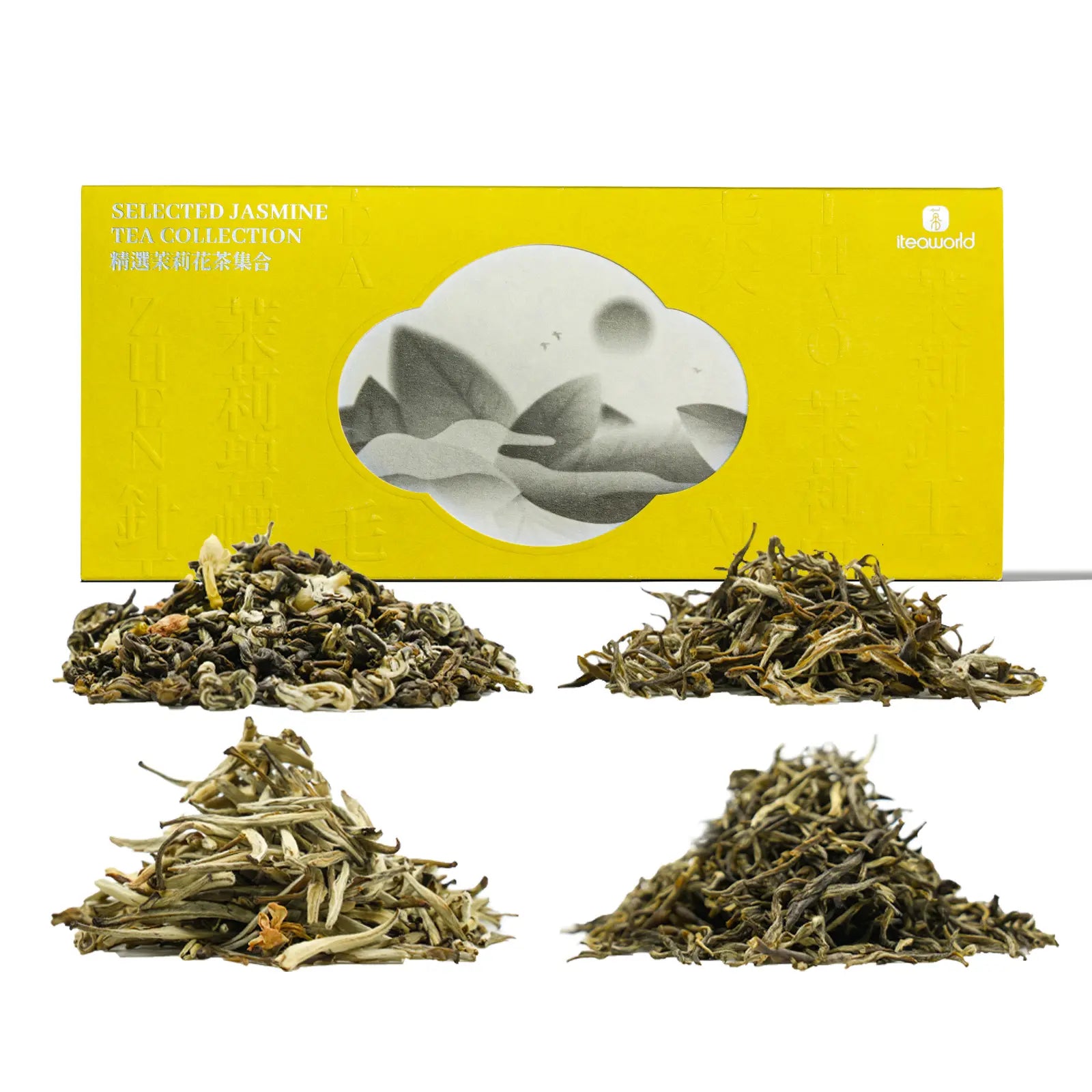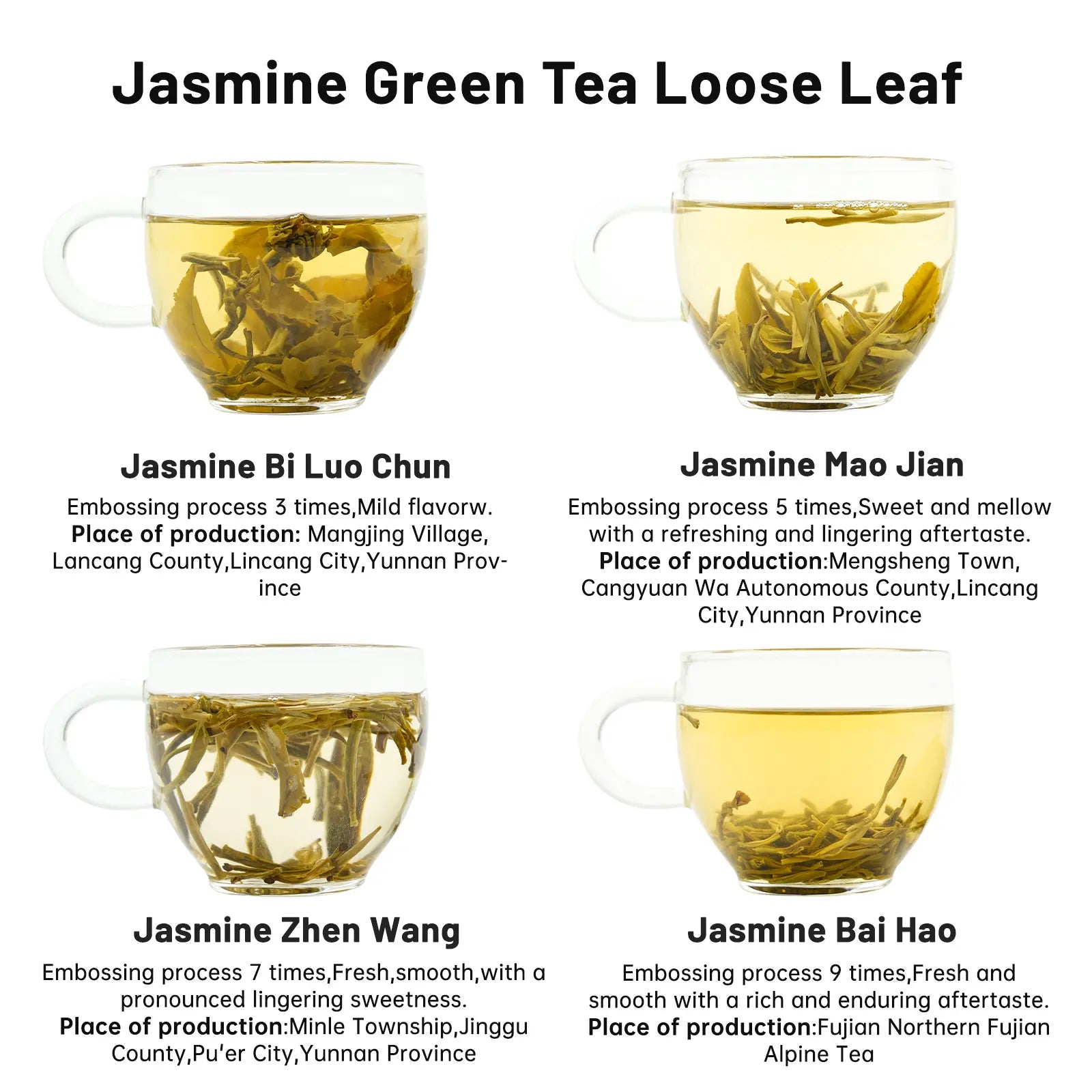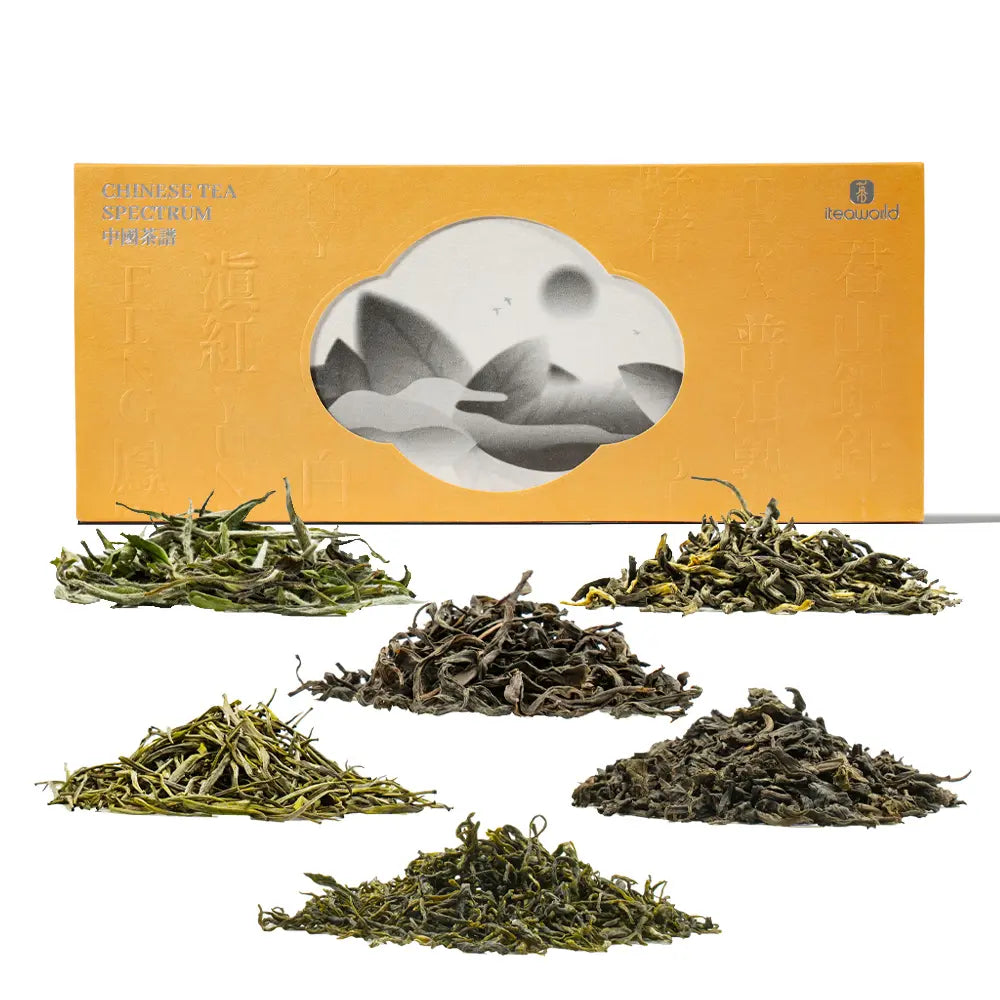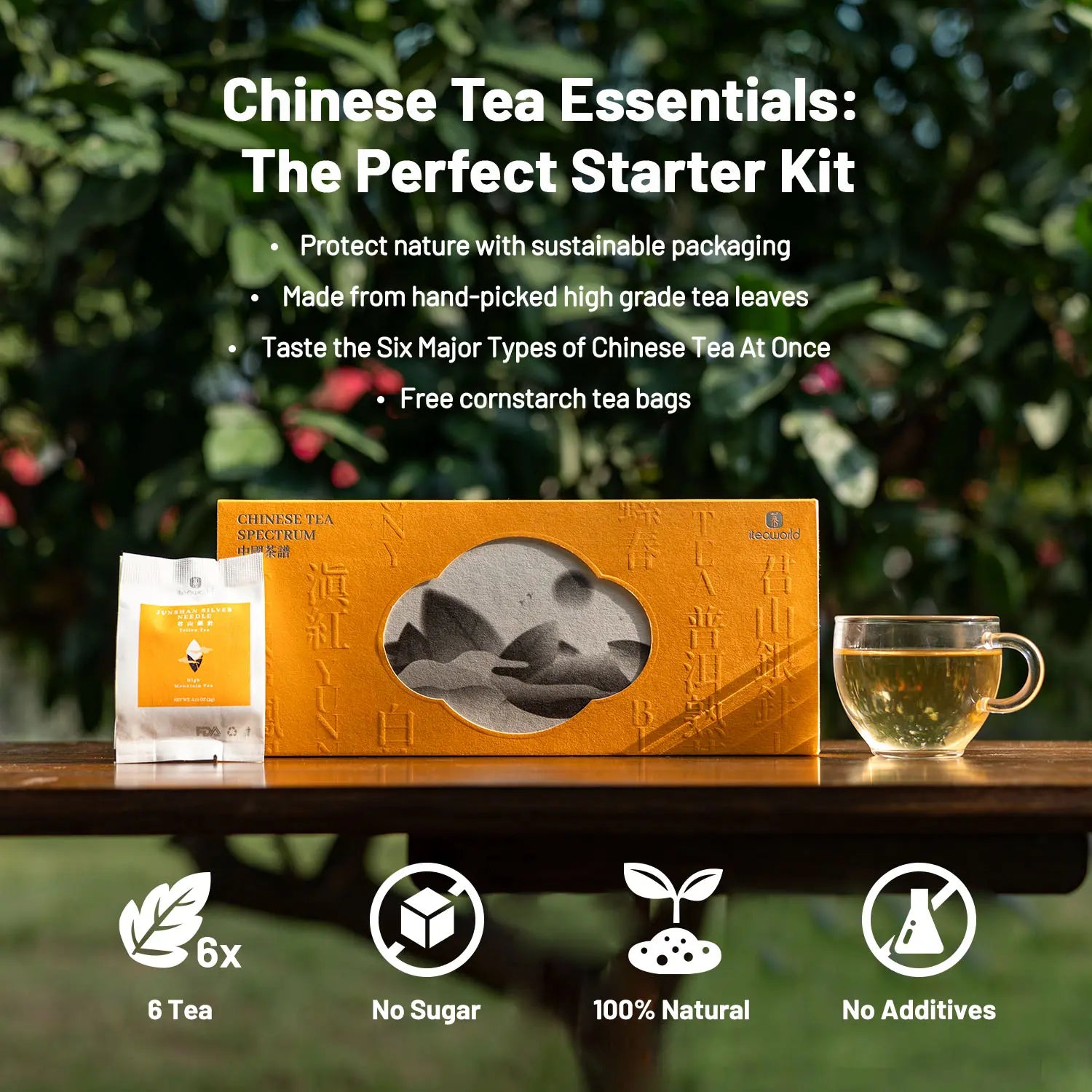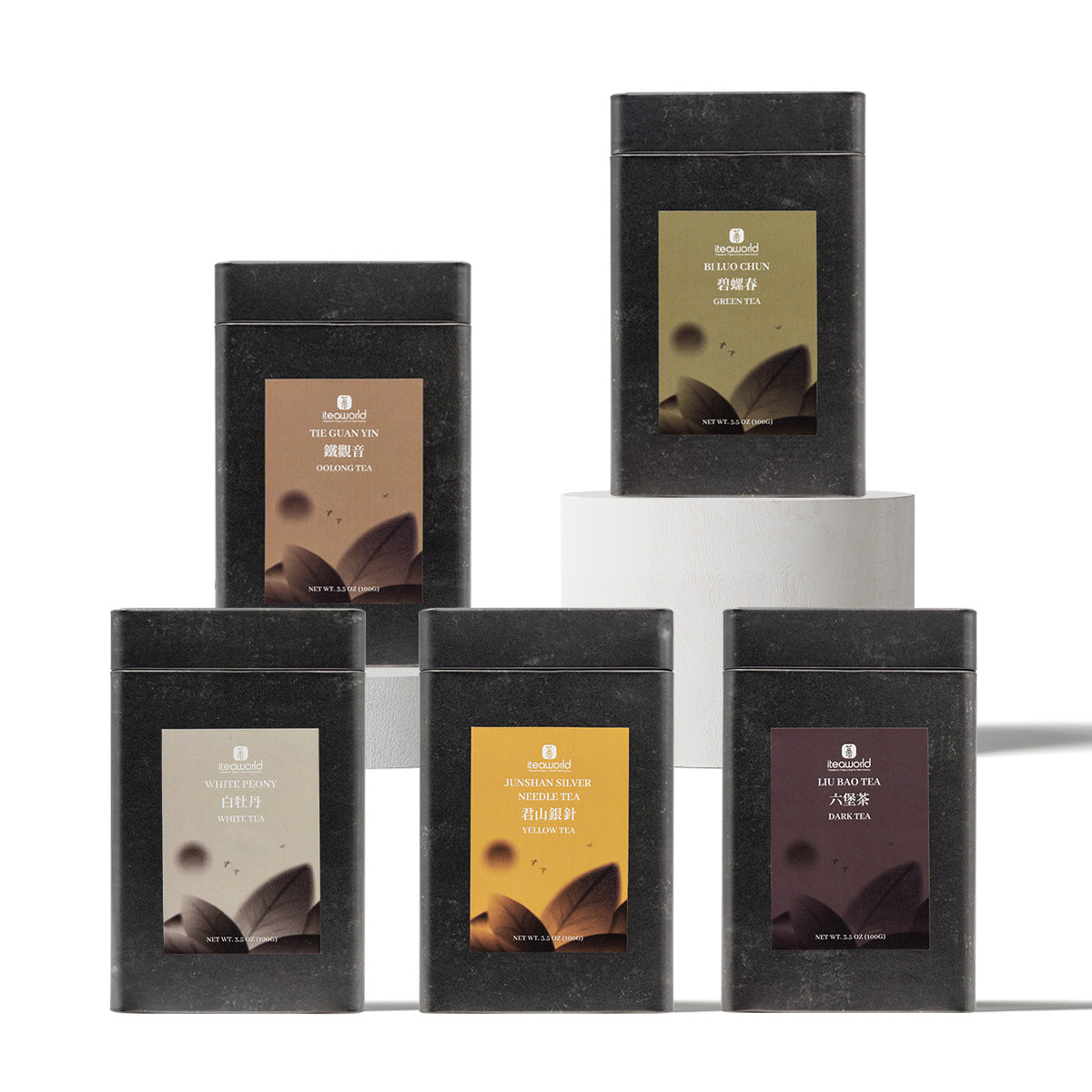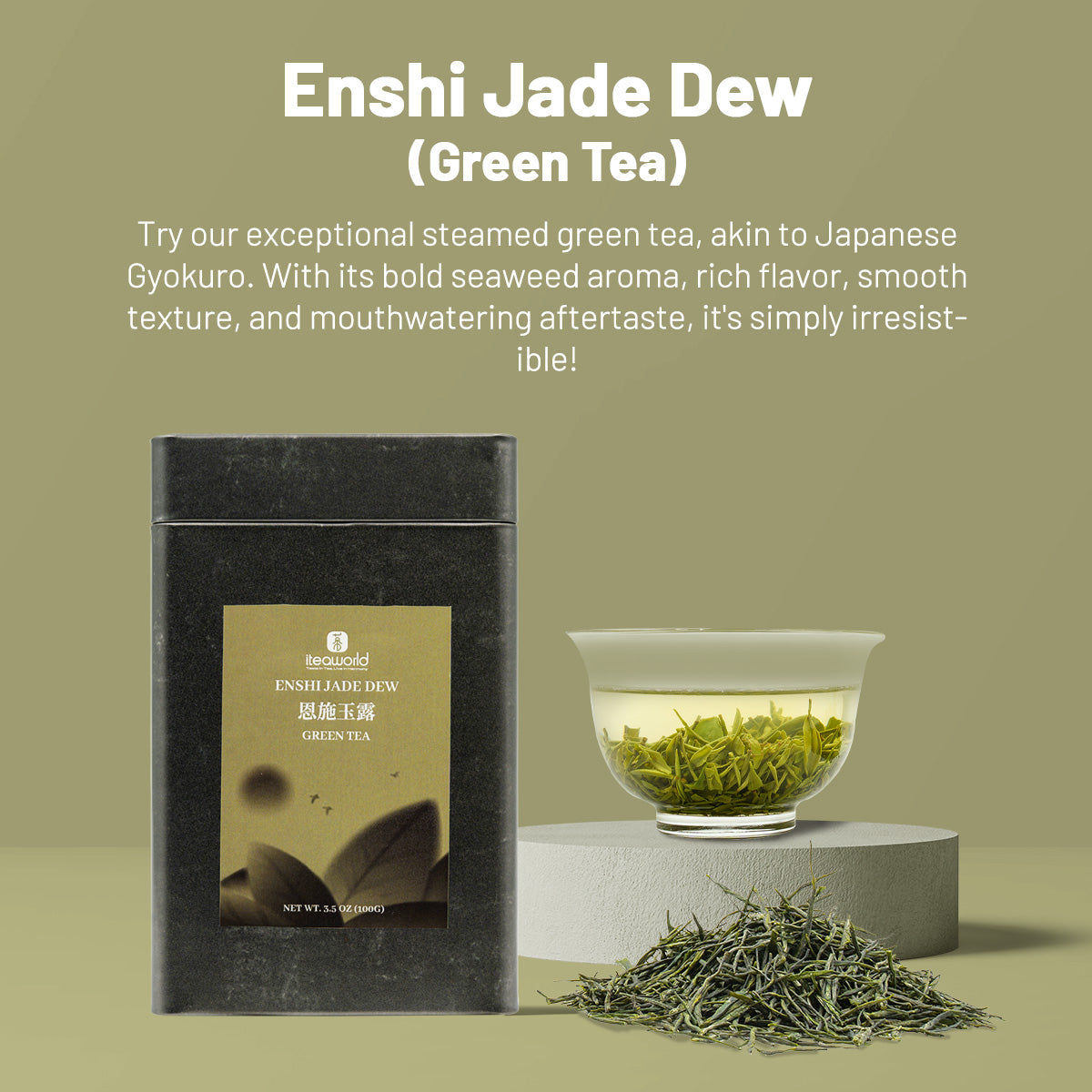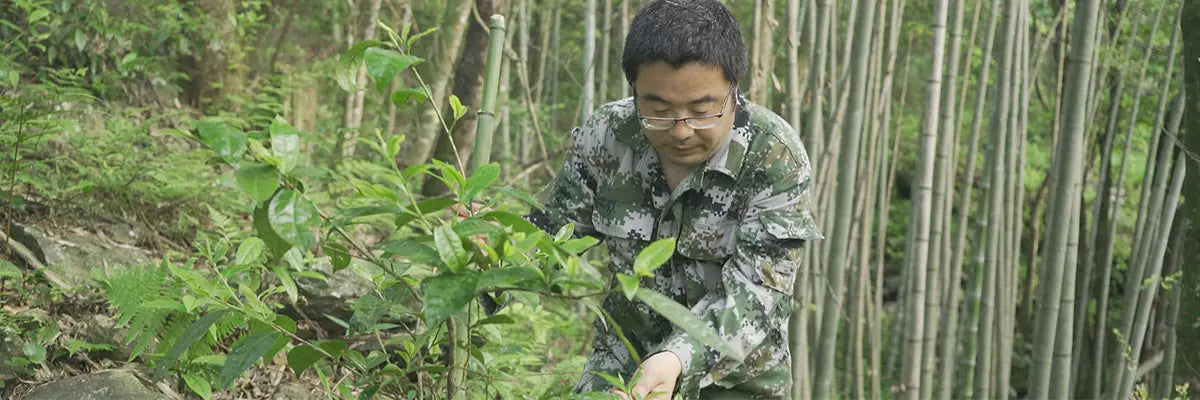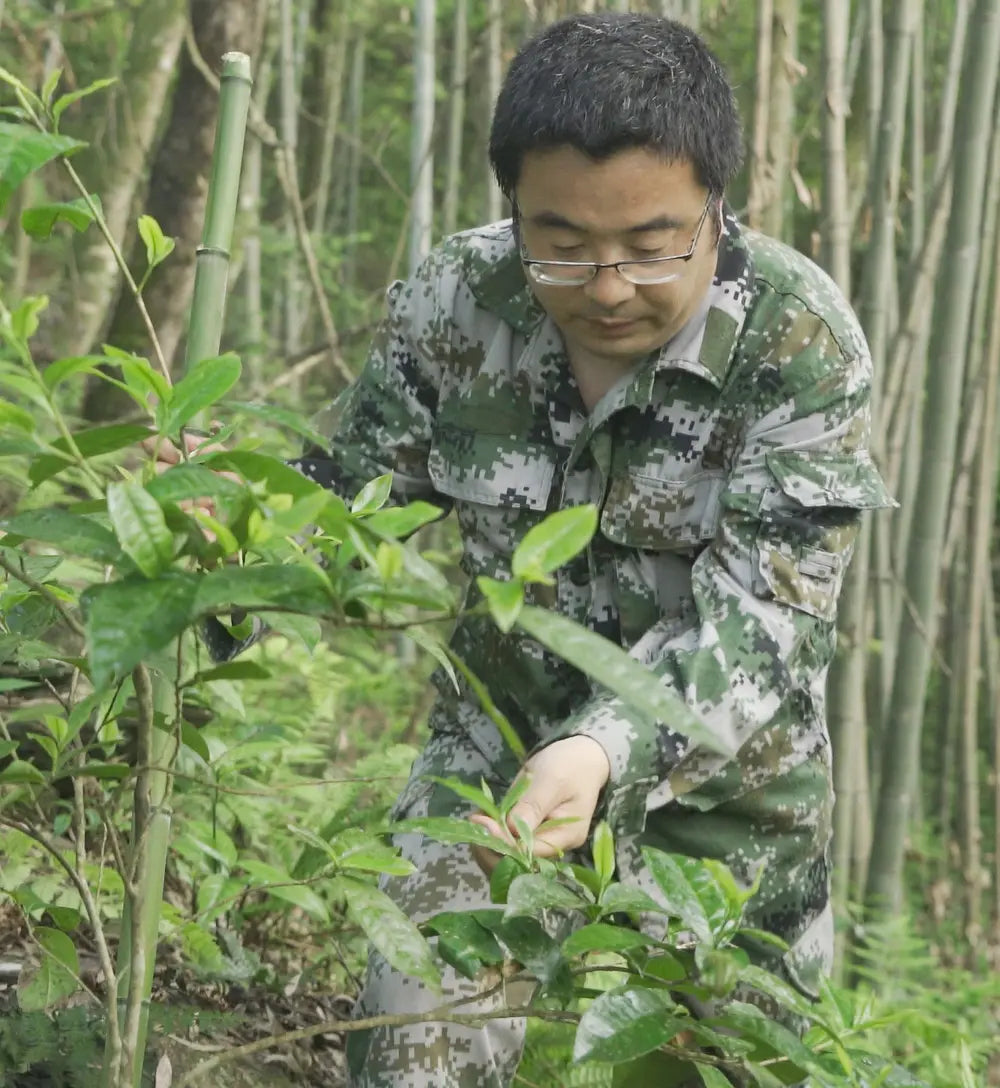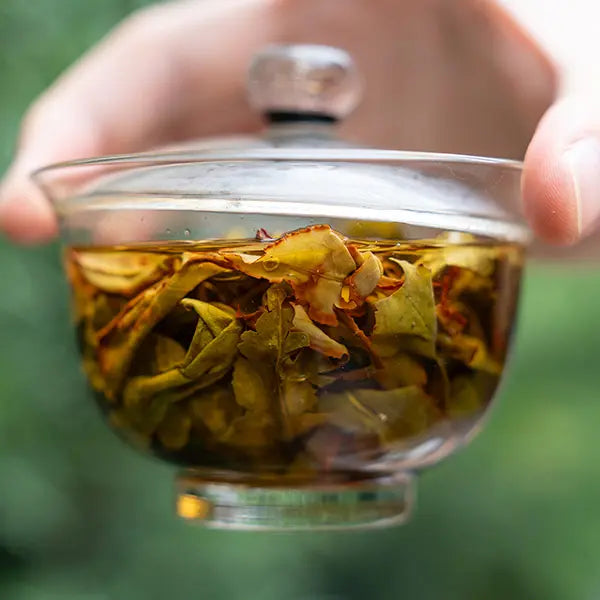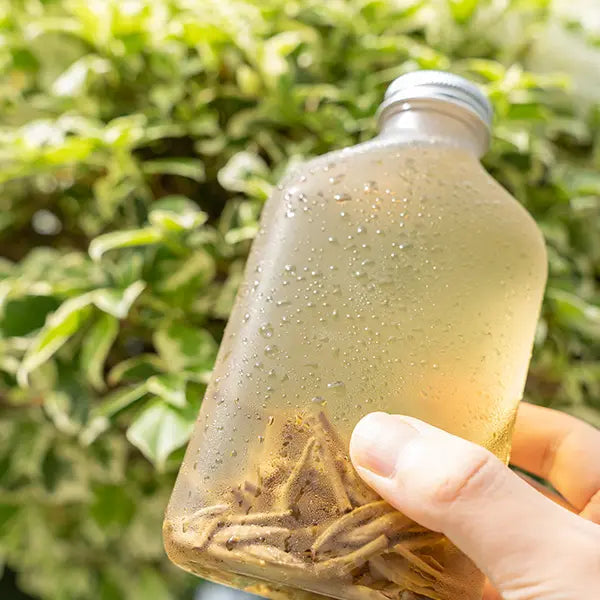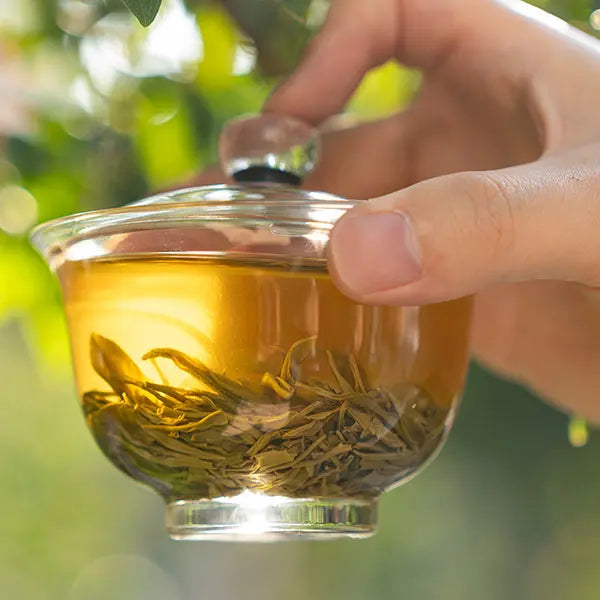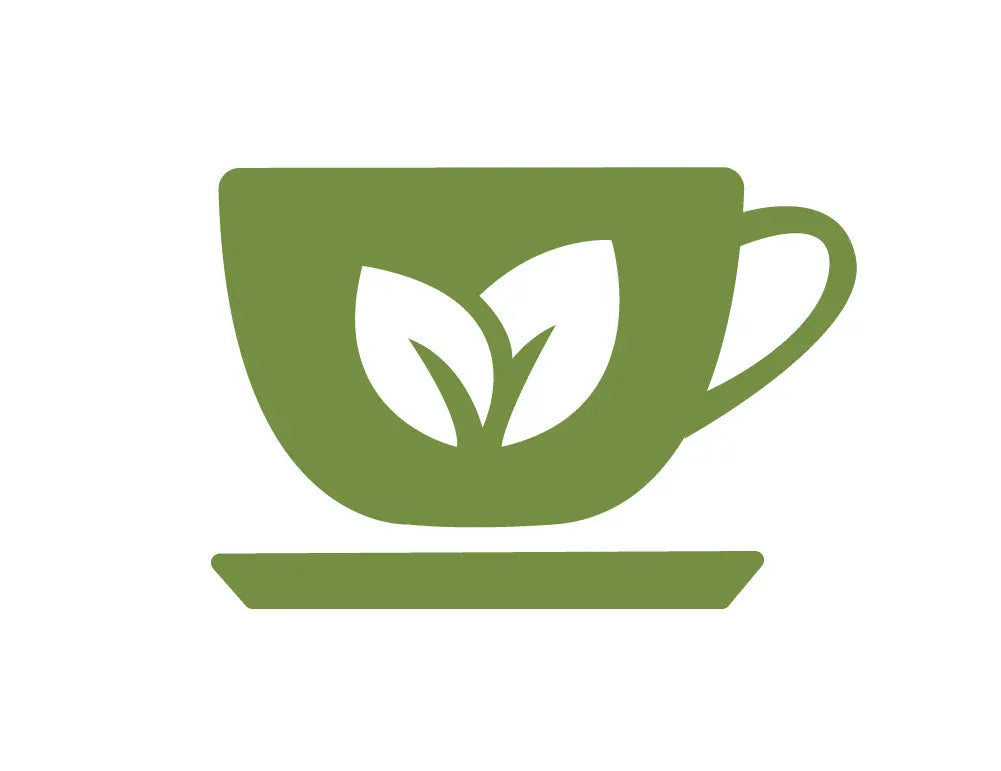What is Chinese jasmine tea?
Chinese jasmine tea is a popular type of tea in China and is often the starting point for many people's journey into Chinese tea. You may have tasted the deliciousness of Chinese jasmine tea in Chinese restaurants.
Chinese jasmine tea is renowned for its fresh and lively aroma, often referred to as the "best aroma on earth," and can be classified as one of the best loose leaf tea.
Why is Chinese jasmine tea so fragrant? This is due to the exquisite making process of Chinese tea. The key process of jasmine tea is using dried tea leaves to absorb the fragrance of fresh jasmine flowers. After the jasmine flowers have fully released their aroma, the dried tea leaves and flowers are separated.
Does Chinese jasmine tea contain jasmine flowers?
Many people have surely wondered whether there are jasmine flowers in Chinese jasmine tea.
In reality, high-quality Chinese jasmine tea does not contain jasmine flowers. This is determined by the production process of Chinese jasmine tea. After the dried tea leaves have absorbed the fragrance of jasmine flowers, the jasmine flowers are removed. The higher the quality of the jasmine tea, the less residual jasmine flowers there are. When choosing jasmine tea as tea gift sets, it's important to pay attention to this detail.
You may have come across some jasmine teas made with dried jasmine flowers. Such jasmine tea not only has a faint aroma but also carries more of the taste of dried flowers rather than fresh jasmine flowers.

How does Chinese jasmine tea taste?
In Chinese jasmine tea, jasmine green tea is the most common. Jasmine green tea is fresh and fragrant, with a taste that is closer to loose leaf green tea, mainly emphasizing freshness and crispness.
If you try jasmine white tea or jasmine oolong tea, their respective tastes are closer to loose leaf white tea or loose leaf oolong tea.
What types of jasmine tea are there?
As a famous loose leaf tea in China, jasmine tea comes in many varieties. To find the best jasmine tea for you, it's important to try different types and compare them.
Categorized by the number of scenting sessions
As mentioned earlier, the key process of jasmine tea is using dried tea leaves to absorb the fragrance of fresh jasmine flowers, which is called scenting (Yinzhi).
The process of absorbing fragrance once is called one scenting session. Making jasmine tea requires multiple scenting sessions to achieve the best aroma. For beginners, understanding the types of jasmine tea based on the number of scenting sessions is a relatively easy way to comprehend. You can also use a loose leaf tea sampler to compare and try jasmine teas with different numbers of scenting sessions for their taste.
- Three-scenting jasmine tea
Three-scenting jasmine tea is an entry-level variety. The first infusion of three-scenting jasmine tea is very fragrant, but the aroma decreases quickly, and after multiple infusions, the fragrance is lost.
- Seven-scenting jasmine tea
Seven-scenting jasmine tea is of very good quality. After seven scenting sessions, the aroma of jasmine tea is full and sweet without being overpowering.
- Nine-scenting jasmine tea
Nine-scenting jasmine tea represents the top level of jasmine tea, and naturally, it is more expensive. The aroma of nine-scenting jasmine tea is even more fresh, lively, and long-lasting, deserving a careful appreciation.
Find more loose leaf jasmine tea with our Chinese Jasmine Tea Sampler.>>>
Categorized by dry tea types
There are various types of dry tea used to absorb the fragrance of jasmine flowers, and based on this dimension, jasmine tea can also be divided into many varieties. Here are some common ones listed below.

- Jasmine Bi Luo Chun
Jasmine Bi Luo Chun has thin and curly dry tea leaves, resembling spirals with visible white tips. When brewed, it looks like rolling white clouds with a greenish soup color.
- Jasmine Dragon Pearl
Jasmine Dragon Pearl has a round shape like pearls and feels substantial when held in hand. After brewing, Jasmine Dragon Pearl has a rich and mellow taste, a bright yellow soup color, and a fresh and strong aroma.
- Jasmine Da Bai Hao
Jasmine Da Bai Hao is made from buds and leaves of big white tea trees and other varieties, characterized by plump buds with many white hairs, uniform and substantial, with a slightly pale yellow color and a rich, fresh, and lively aroma.
Why is my brewed jasmine tea bitter?
Many people starting to try jasmine tea often have this question about why their jasmine tea turns out bitter.
Improper brewing of jasmine tea can indeed lead to bitterness, but that's not how high-quality jasmine tea should taste.
To address the bitterness in brewed jasmine tea, you can adjust in these three ways.
>Brewing water temperature: Using high-temperature water to brew jasmine tea can result in a bitter taste. Try lowering the water temperature for better results.
>Brewing time: Jasmine tea should be brewed for a short time, around ten to twenty seconds, to avoid leaving the tea leaves in the cup for several minutes.
>Amount of jasmine tea used: Sometimes, reducing the amount of jasmine tea used can help solve the bitterness issue.

Additionally, other factors such as the quality of the jasmine tea and the quality of the brewing water can also affect the taste of jasmine tea. To select high-quality jasmine tea, before purchasing a large quantity, you can try various samples using a tea sampler.
If economically feasible, try to buy high-quality jasmine tea and use high-quality water such as mineral water or spring water. This way, you can brew a more delicious jasmine tea.


